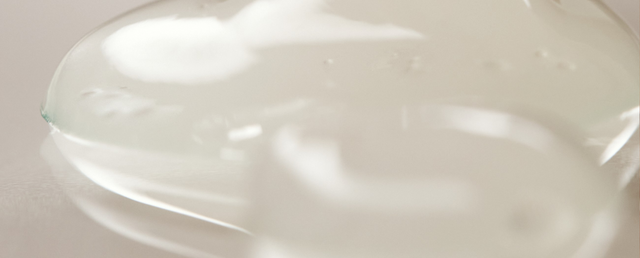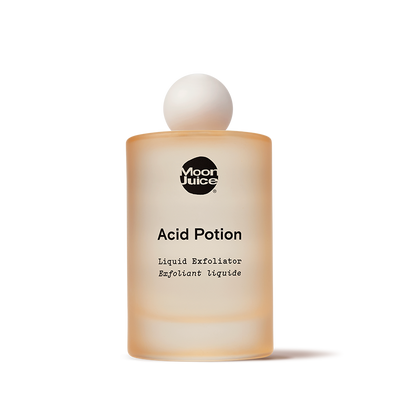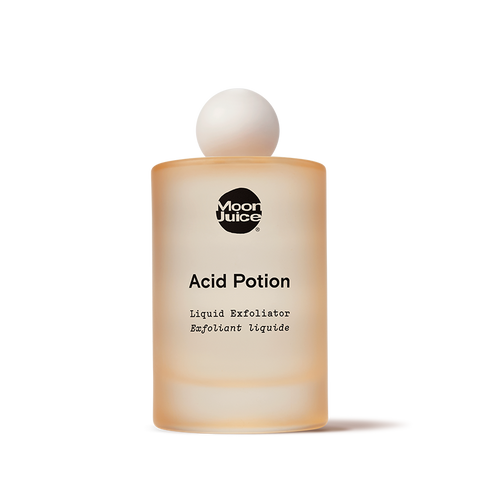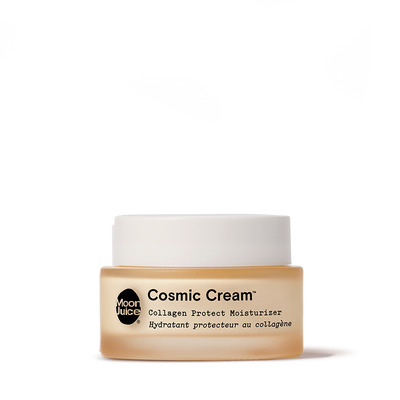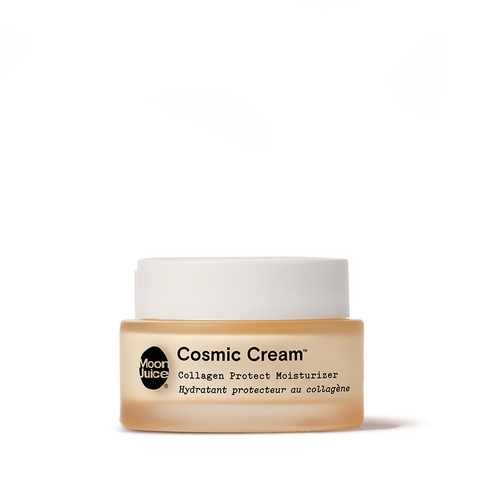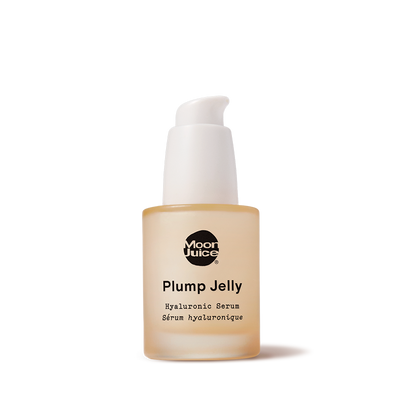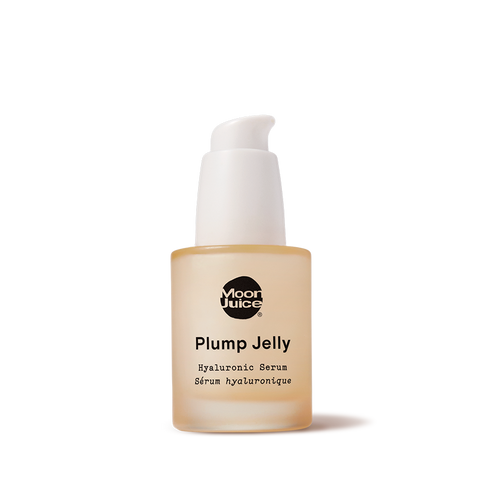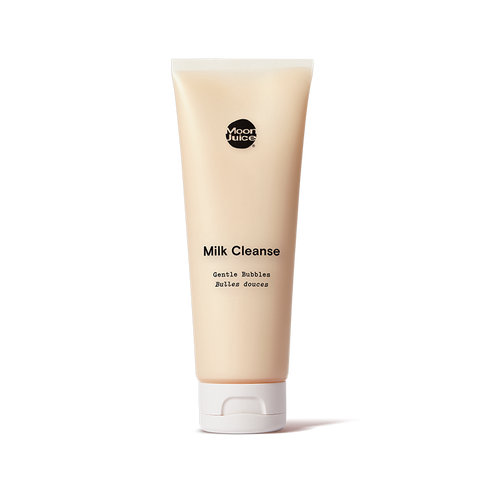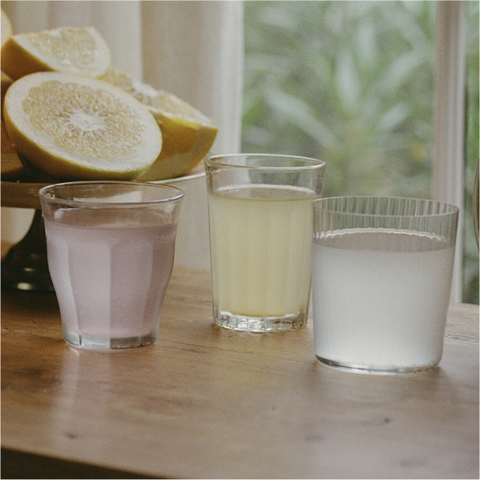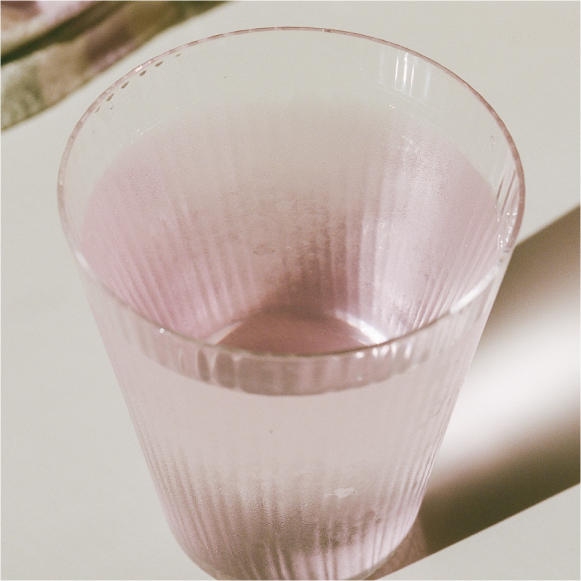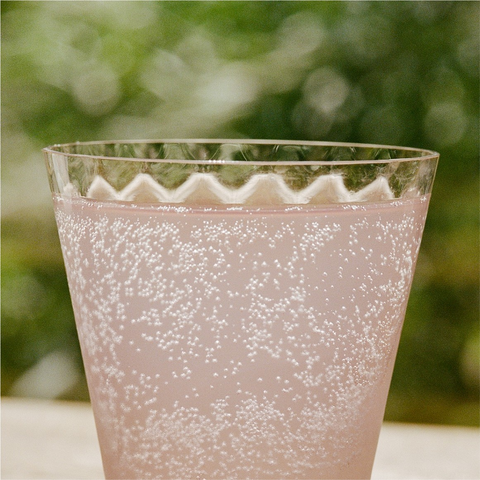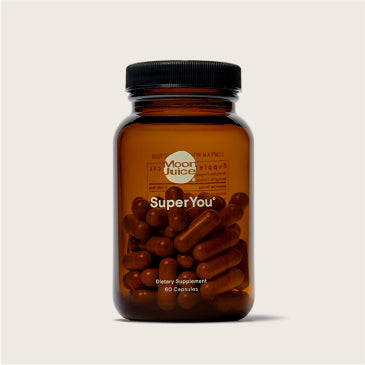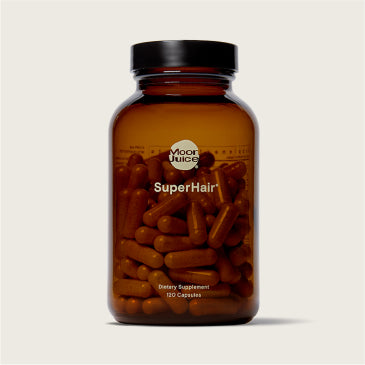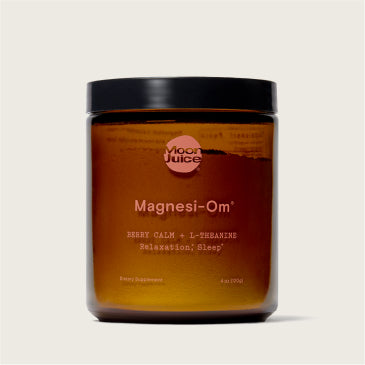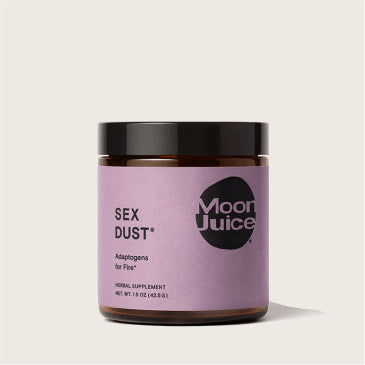The term “clean beauty” gets thrown around in the skincare world, and in recent years, it’s come under increased scrutiny. So, what is clean beauty? Does it mean natural? Green? Non-toxic? Non-animal-derived? Or simply whatever a brand needs it to mean in order to sell more products?
We’ll get into the dirty details, but generally speaking, clean beauty refers to beauty products made without chemicals that are suspected to be harmful to us. Ahead, we’ll define what that entails exactly and how best to define clean beauty for yourself so you can find the best and safest personal care products that suit your needs.
Defining Clean Beauty
Clean beauty is an umbrella term that can encompass different definitions, which is why it’s easily manipulated by brands in the beauty industry. However, at its core, “clean beauty” describes products and practices that aren’t made with chemicals considered toxic or harmful to humans, animals, and the environment.
For instance, clean skin care and cosmetic applications avoid ingredients known to cause cancer or endocrine disruption. Still, others avoid animal byproducts, non-PCR plastics, sketchy synthetics, irritants, animal testing, harsh chemicals, dubious supply chain practices, or polluting ingredients.
There is no single definition of clean beauty, so it’s up to us as consumers to create our own standards and only shop for personal care products that are safe and made with clean ingredients.
The Evolution of Clean Beauty
Initially a niche market, the clean beauty movement was driven by consumer concerns about harsh chemicals in cosmetics. The changing conversation around clean beauty reflects a heightened awareness and demand for products that prioritize human health, the health of the environment, and compassion for animals.
Early adopters in the beauty industry focused on formulations that avoided traditional ingredients like parabens, sulfates, and phthalates. Over time, the clean beauty movement has expanded to encompass broader ethical considerations, such as cruelty-free practices, sustainable packaging, and transparency in sourcing and manufacturing. To be considered clean, it’s no longer enough just to formulate without the common toxins.
A deeper understanding of botanical ingredients like adaptogens and mushrooms has also propelled the development of high-performance, plant-powered products that repair your skin’s moisture barrier and build skin health instead of fixing or hiding skin problems.
Today, clean beauty represents a holistic approach to personal care—not just skin deep but involving the health of our inner and outer ecology.
Key Components of Clean Beauty Products
There’s no set term defining clean beauty by the FDA, which regulates grooming products. Rather, there’s a lexicon around clean beauty such that it has grown to encompass several terms, from organic to green to all-natural to vegan. Here are the important aspects of clean beauty to consider.
Free from harmful chemicals
Clean beauty and safe cosmetics may mean different things to different people. For instance, some personal care products made with synthetic ingredients are still considered clean by many, while some all-natural products may not be considered clean. But the most important aspect of clean beauty products that most everyone can agree on is that they’re free from substances that are suspected to be harmful to us. This commonly includes the following:
- Sulfates like Sodium Lauryl Sulfate (SLS) are harsh detergents that can strip your hair and skin of natural oils, leading to dryness and irritation.
- Aluminum in products like antiperspirants is a potential endocrine disrupter that may cause changes in your estrogen.
- Petroleum products like mineral oil come from the crude oil that’s used for gasoline and can clog pores, potentially leading to skin irritation and breakouts.
- Phthalates are linked to endocrine disruption, which can affect hormone regulation in your body and have a number of adverse health effects.
- Parabens are preservatives that can penetrate your skin and potentially disrupt hormone function.
- Silicones can create a barrier on your skin or hair, which can trap dirt and bacteria, leading to buildup or irritation.
- Synthetic fragrances can cause allergic reactions, skin irritation or even respiratory issues due to the chemicals used in their production.
There are thousands of chemicals that can be considered harmful to our health, so this is by no means an exhaustive list—but it’s a starting point for reading labels and understanding the ingredients in grooming products and cosmetics.
Ingredient transparency
If you aren’t sure whether a beauty brand is clean, do a gut check with a label check. If a company formulates their products with high-quality, clean, clinical, active, and natural ingredients, they’ll likely want you to know it. Information about what’s inside a beauty product, how it’s made, and where it comes from should be easily found on their site. Look for clean ingredients that are 100% traceable with a wealth of sourcing information and sustainability details at hand.
Environmentally conscious
Even all-natural or non-toxic brands can still be made with ingredients that perpetuate harm to the environment. For instance, there’s a growing call for skin care products to be made without animal-derived ingredients or petroleum-derived oils, reducing reliance on industries that are top ecological offenders.
Organic
Many consider organic products key to clean beauty because they’re made from ingredients grown without the use of synthetic pesticides, fertilizers, and genetically modified organisms (GMOs). This not only reduces the exposure to potentially harmful chemicals for consumers but also supports environmentally sustainable farming practices. In addition to being a purer option, organic ingredients are also typically richer in nutrients and antioxidants, providing more potential benefits to the skin.
Vegan and cruelty-free
Vegan and cruelty-free products are increasingly central to the clean beauty conversation because they reflect a commitment to ethical and sustainable practices. Vegan products don’t contain animal-derived ingredients like tallow, goat’s milk, bovine collagen, etc., ensuring that no animals were harmed or exploited in the production process. Cruelty-free means that the products and ingredients weren’t tested on animals, promoting a more humane approach to skin care that aligns with the demand for transparency and ethical sourcing.
Natural and plant-based
Natural products are often grouped under clean beauty products, although natural doesn’t always mean clean. Natural and clean skin care products prioritize the use of ingredients sourced directly from nature, minimizing synthetic and potentially harmful chemicals.
In particular, products powered by botanicals and using responsibly, regeneratively farmed plants can harness beneficial vitamins, minerals, and antioxidants that nourish and protect the skin naturally. The focus on natural formulations aligns with an increasing consumer demand for simplicity and transparency in products.
Challenges & Criticisms of Clean Beauty
Because there are varying standards for what is “clean” in clean beauty, many people have challenged the use of the descriptor, noting that brands can capitalize on this claim or use misleading language. For instance, a deodorant that avoids aluminum might deem itself clean even if its formula contains a slew of skin care ingredients to avoid like synthetics, irritants, low-quality ingredients, fillers, and non-post-consumer plastic.
Still, in lieu of an actual governing definition, words like “clean” and “natural” can still be helpful when describing personal care products with a higher standard as long as brands go into detail listing how their products meet these goals. Without these words, it would be harder for brands using ethical, non-toxic ingredients to be searched for and reached by their consumers enough to make an impact.
Clean beauty can often be more expensive because it’s more expensive to produce high-quality, traceable ingredients and packaging without cheap plastics.
Overall, it’s important to select the criteria that are most important to you. Our purchases can have a profound impact collectively, so choosing brands that prioritize harmony between people, animals, and the planet is integral to true holistic health.
Opt for Clean Skin Care That Builds Skin Health
With all that’s out there claiming to be “clean beauty”, it’s hard to know what is best for you. Want our skin care tips and advice? When it comes to clean skin products, look for brands that are up front with their sourcing—ideally, ones that go above and beyond to 3rd party tests for bio-identity, purity, potency, microbiological content, residual solvents, heavy metals, and pesticides. Clean brands should commit to regenerative practices and sustainable wild harvesting according to strict criteria to protect the natural environment.
Your skin barrier is your bodyguard, keeping hydration in and toxins out. Your skin is also an important barometer of what’s going on inside your body—a reflection of your microbiome. From your barrier to your biome, skin care should be a whole-body approach.
Not only is Moon Juice skin care 100% traceable, vegan, cruelty-free, environmentally conscious, and otherwise clean and natural, it’s also:
- Made with adaptogens and mushrooms
- Powered by clinical-level actives
- Bioavailable
- Microbiome & barrier-friendly

Beauty is built, not bought. Clean beauty is about so much more than the products you use on your skin. Rather, it’s cultivated both internally and externally by being good to your cells and biome. When you choose products made with the best skincare ingredients that nourish your body from the inside out, you can achieve a glowing and radiant complexion.
More and more, consumers are seeking skin health options that go beyond the basics. With paraben-free formulations now lining pharmacy aisles, clean beauty needs to mean more and truly stand up to the claim. From what’s inside your skin serum bottle to what your bottle is made of, to how the ingredients are sourced, to how they’ll interact with your body—clean skin care is about purity, potency, and process.
Sources:
- NIQ. Clean beauty: An evolution from ingredients to ethics. @https://nielseniq.com/global/en/insights/analysis/2022/clean-beauty-an-evolution-from-ingredients-to-ethics
- Marta Gonçalves. Sungkyunkwan University. The Evolution of “Clean Beauty” – Exploring the Past, Present, and Future. @https://ifscc.org/wp-content/uploads/2023/10/2023-MGdN-Marta-Goncalves-Essay.pdf
- National Library of medicine. Potential interference of aluminum chlorohydrate with estrogen receptor signaling in breast cancer cells. @https://www.ncbi.nlm.nih.gov/pmc/articles/PMC6108589/
Sources
- NIQ. Clean beauty: An evolution from ingredients to ethics. https://nielseniq.com/global/en/insights/analysis/2022/clean-beauty-an-evolution-from-ingredients-to-ethics
- Marta Gonçalves. Sungkyunkwan University. The Evolution of “Clean Beauty” – Exploring the Past, Present, and Future. https://ifscc.org/wp-content/uploads/2023/10/2023-MGdN-Marta-Goncalves-Essay.pdf
- National Library of medicine. Potential interference of aluminum chlorohydrate with estrogen receptor signaling in breast cancer cells. https://www.ncbi.nlm.nih.gov/pmc/articles/PMC6108589/

